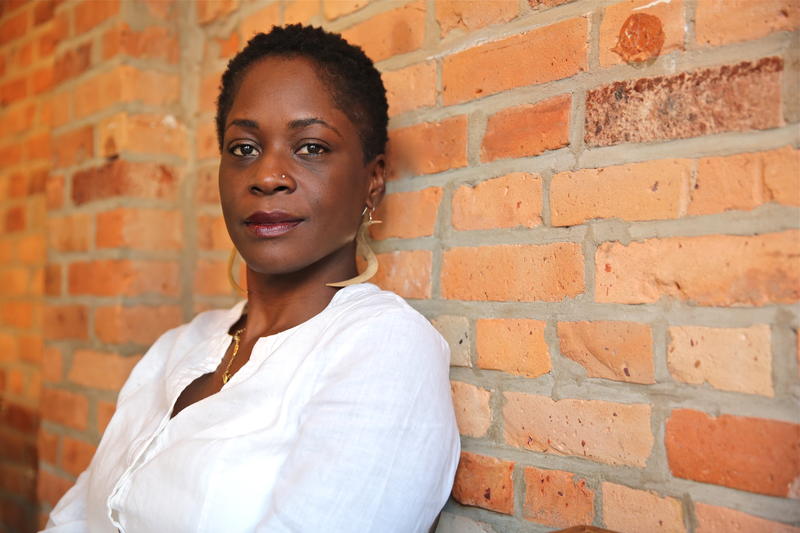An Emerging Entry In America’s Multiracial Vocabulary: ‘Blaxican’Posted in Articles, Latino Studies, Media Archive, United States on 2016-03-09 22:50Z by Steven |
An Emerging Entry In America’s Multiracial Vocabulary: ‘Blaxican’
Code Switch: Frontiers of Race, Culture and Ethnicity
National Public Radio
2016-03-08
When Melissa Adams and her sister were growing up in Lynwood, near Compton, Calif., their black father and Mexican mother taught them to be proud of all aspects of their identity: They were black, and they were Mexican.
At home, that came easy. Publicly, it was harder. Consider the time Melissa was named valedictorian of her middle school when she was 13. It was the first time anyone could remember a black student winning that honor at her school.
“Everyone was excited,” she said over breakfast at her family’s house recently. “It was the first black valedictorian!” School administrators planned a special ceremony for her, and the dean called Adams into her office to congratulate her.
But when Adams walked in, the dean’s smile melted away…
…Like Adams and Tillman, many have struggled to explain their racial identity to the outside world, and sometimes even to understand it themselves.
Much of this has to do with the fact that biracial identity in the United States has often been understood in terms of black and white. And to the extent that labels are helpful for quickly self-identifying, they don’t always exist for the diversity of racial possibilities that mixed Americans increasingly want to see recognized. When it comes to mixed-race in America, Mexican-American author Richard Rodriguez has written, we rely on an “old vocabulary — black, white,” but, “we are no longer a black-white nation.”
This may be why in LA, many young people who are both black and Mexican are turning to a handy word to describe themselves: “Blaxican.”
It’s not a new term. Walter Thompson-Hernandez, a researcher at the University of Southern California who focuses on immigration and race, has traced references back to the 1980s. But it has gained new prominence in the past few years, since he launched a project called “Blaxicans of L.A.” It’s an Instagram account featuring photos of Blaxicans — with their varied hues, hair textures and facial profiles — accompanied by a quote from each person offering an insight on the Blaxican experience…
Read the entire article here.

